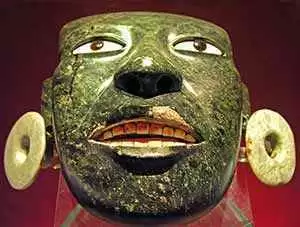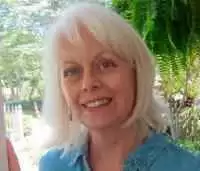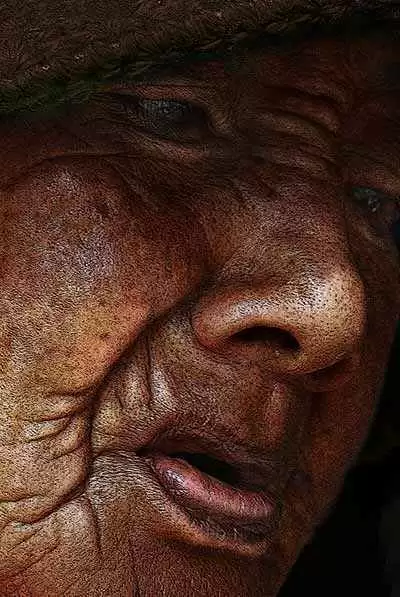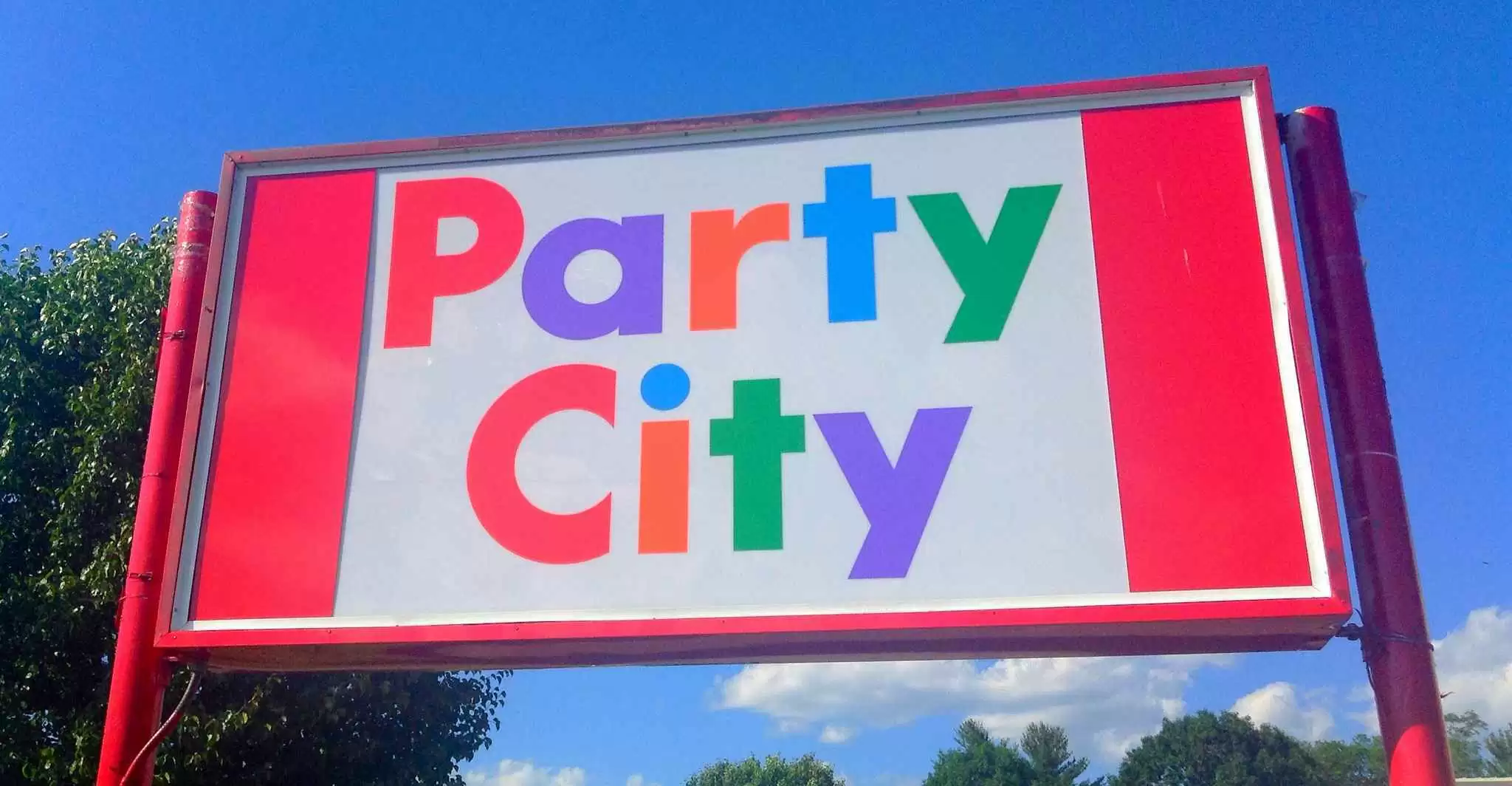
Celiac.com 11/15/2016 - Do you know someone who has lived with celiac disease for over eighty years? Someone who lived on nothing but mashed bananas for a year? Someone who continued to eat gluten for over 30 years because doctors didn't know how to treat a celiac diagnosis? Someone who experienced serious physical, emotional, and family challenges as a result? Well, I met such an individual at the International Celiac Symposium in Chicago in the fall of 2013. Clara (a pseudonym) attended my poster session, The Educational, Social, and Family Challenges of Children with Celiac Disease: What Parents Should Know. As she stood before my poster with tears in her eyes she began to say, "This is me. This is me." Through a brief conversation then, and several lengthy telephone interviews that followed, she shared her incredible story with me and gave me permission to share it with you.
Clara was born in 1933 on a citrus ranch in California and was the youngest of five children. She was very sick as a baby with what her family thought was a "terrible case of the flu." She lost muscle tone, had wrinkly skin, and some mornings she didn't move or even open her eyelids without the help of her mother. She looked malnourished and had a distended stomach. When she was two, her parents took her to Dr. Victor E. Stork, but he was not sure what the problem might be. A few weeks later, the doctor attended a conference where he described Clara's symptoms. He learned of another child with similar symptoms who had been diagnosed with celiac disease and fed nothing but mashed bananas. After Dr. Stork informed Clara's parents, Clara's father purchased a big hook and drove to the Long Beach docks to buy bananas. He hung bunches of bananas on their back porch to ripen and she was fed nothing but mashed bananas for over a year. What started as half a teaspoon at a time quickly grew until she was eating many bananas each day. This part of Clara's story greatly intrigued me, as I had just read the research of Sidney Haas. In the 1920s Hass successfully treated eight children who were "anorexic" from celiac disease with the banana diet while untreated children did not survive (Guandalini, 2007).
Celiac.com Sponsor (A12):
Growing up, Clara was a happy child but had no appetite and didn't enjoy food. She was very small for her age and, at times, was made to stay at the dinner table until she ate everything on her plate. Clara's mother, a practical nurse, thought she might be allergic to fat. The family kept a quarter of a beef in a freezer locker 25 miles away and her mother scraped the fat off the beef before giving it to Clara. She was also made to finish her breakfast, typically oatmeal, toast, and orange juice, before going to school in the morning. Clara routinely had vomiting and diarrhea each morning, and didn't understand why this didn't happen to other children. She missed school often because she had abdominal discomfort and was weak. Clara hid in the girls' restroom during recess and physical education so she wouldn't have to participate. Since she was unsuccessful at athletics she found it easier to sit on a toilet with her feet pulled up so no one would see her.
Clara continued to miss a great deal of school but was required to do her school work at home. During second grade she worked ahead, completing both second and third grade work. Consequently, she was allowed to skip third grade, which only accentuated her small size. When she entered high school people thought she was in third or fourth grade. After entering puberty at age 14 she finally acquired an appetite and began to grow much taller. At this point in her life, Clara decided that she would never be sick again. She graduated from high school in 1950, after acting in dramatic productions, serving as president of the Girls' League, and planning the ten year class reunion.
Clara married at age twenty, between her junior and senior years in college. She had few symptoms during this time and was hired as a kindergarten teacher. Her husband was drafted and she taught in several different places on the west coast while he was in the service. During this time, Clara had a baby girl followed by two miscarriages. Three weeks after the birth of their second child Clara became very ill and lost her hair. They had no insurance and she lost a dramatic amount of weight. She weighed only 80 pounds and her husband had to carry her from the bed to the couch. The vomiting and diarrhea got worse and her mother had to take care of her babies. She was on heavy doses of medication and her doctors thought her gastrointestinal problems "were all in her head."
Clara's speech became "jumbled" and she was not making sense. Her doctor sent her to a psychiatrist who placed her in a "sanitarium." She was hospitalized for several months where she felt very isolated and alone. Her relatives weren't told where she was and her father would not allow her mother to visit her. At the sanitarium Clara received shock treatments every three days, ten in all. Her sister offered her son's college fund to pay the sanitarium bill so that Clara would be allowed to leave.
When Clara returned home she found she had lost much of her memory. She didn't remember how to hold a knife and her daughter, who was three, taught her how to tie her shoes. She was on sedatives and slept much of the time. She does not know how she took care of her children during this time. Clara and her husband had little money, so she took in ironing and taught preschool. It took them twelve years to pay off the hospital bills.
It was fifteen years after this experience, and two babies later, that Clara finally got treatment for her celiac disease. She was hospitalized at UCLA Medical Center for a month while more tests and an intestinal biopsy were completed. It was 1972, and she was now 39 years old. The gastroenterologist finally confirmed the diagnosis of celiac disease and told her that she would never be able to eat pie, bread, or cake ever again. Clara was so thrilled that it was "just food" that would make a difference and not cancer. The doctor told her that there was no reason why she was still alive. Within two months she was noticing a difference and had gained weight. Clara was able to go back to teaching part-time and started teaching full-time in 1981.
After her celiac diagnosis Clara did her best to avoid grains completely. One doctor told her to eat wheat germ, a product she clearly was correct in avoiding. In the 1970s she tried to make bread with rice, but her attempts were very unsuccessful. Clara started a support group in 1984 which was part of the Celiac Sprue Association. Little by little the group started receiving information on eating gluten-free, as many of these foods were readily available in Europe. By 1988 there were some gluten-free foods available in California. Clara experimented with cooking and breads and tested recipes for Carol Fenster's cookbooks. Her household today is totally gluten-free, with the exception of a loaf of bread for her husband. She and her husband traveled extensively after their retirement, visiting every state except Hawaii, along with the Caribbean and Australia.
As far as lessons learned, Clara believes that people should listen to each other. She says, "If a person says, I feel horrible, someone should listen. The medical profession didn't listen to me. They said it was all in my head. If they had listened I could have been helped." It is unfortunate that her doctors didn't listen, as Clara could have been diagnosed much sooner. Willem-Karel Dicke first published an article on the importance of a gluten-free diet for the treatment of celiac disease in 1941 (Berge-Henegouwen & Mulder, 1993).
Since my own celiac diagnosis came within two months of the onset of symptoms, I marvel at how someone could live for 39 years while still eating gluten. I think about the lessons to be learned from Clara's story. I consider the advancements that have been made in the diagnosis and treatment of celiac disease and the ease with which I'm able to eat gluten-free. And I send a reminder of the importance of early detection and the physical and emotional consequences that individuals like Clara face when a celiac diagnosis is delayed.
References:
- Guandalini, S. (2007). A brief history of celiac disease. Impact, 7, (3), 1-2.
- Van Berge-Henegouwen, G. P., & Mulder, C.J. (1993). Pioneer in the gluten-free diet: Willem-Karel Dicke 1905-1962, over 50 year of gluten-free diet. Gut, 34, 1473-1475.




.webp.37847129242e1f683432274ff01220af.webp)











Recommended Comments